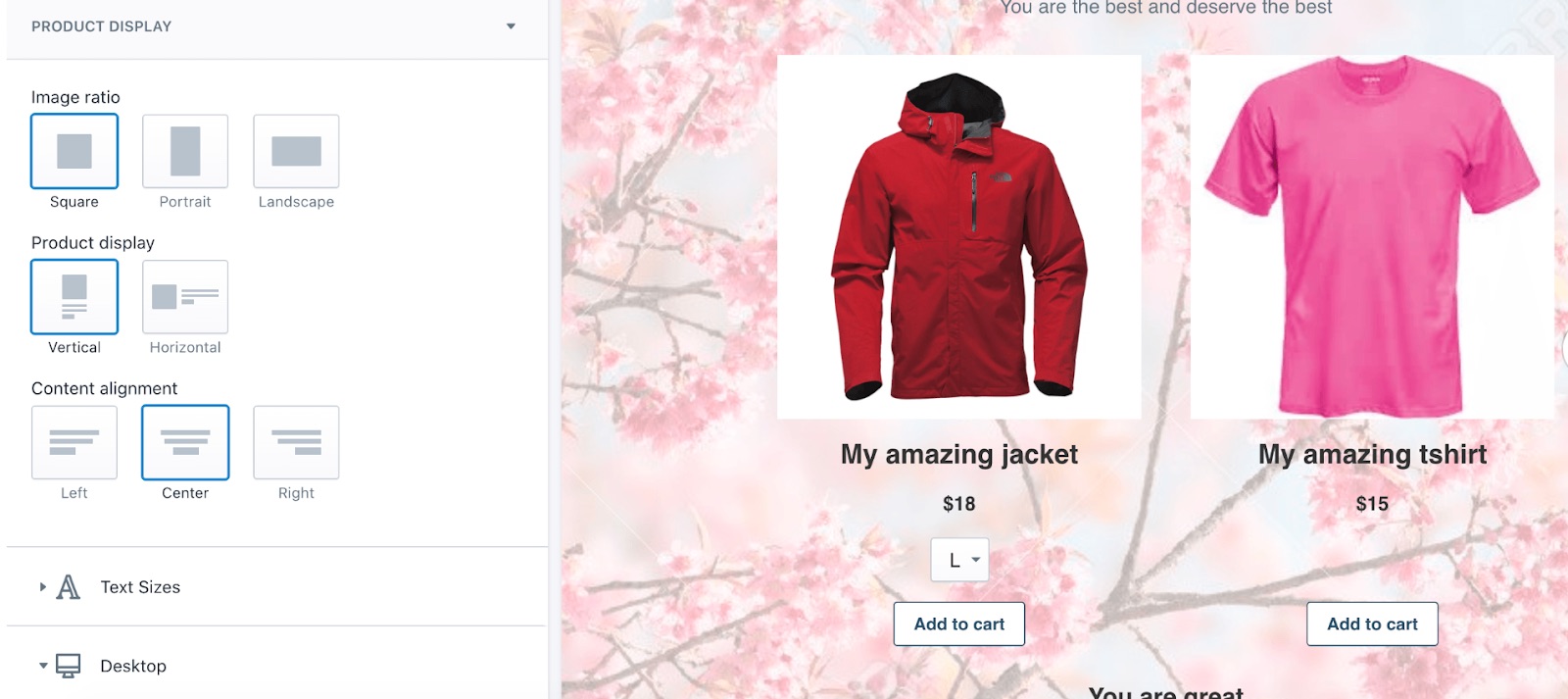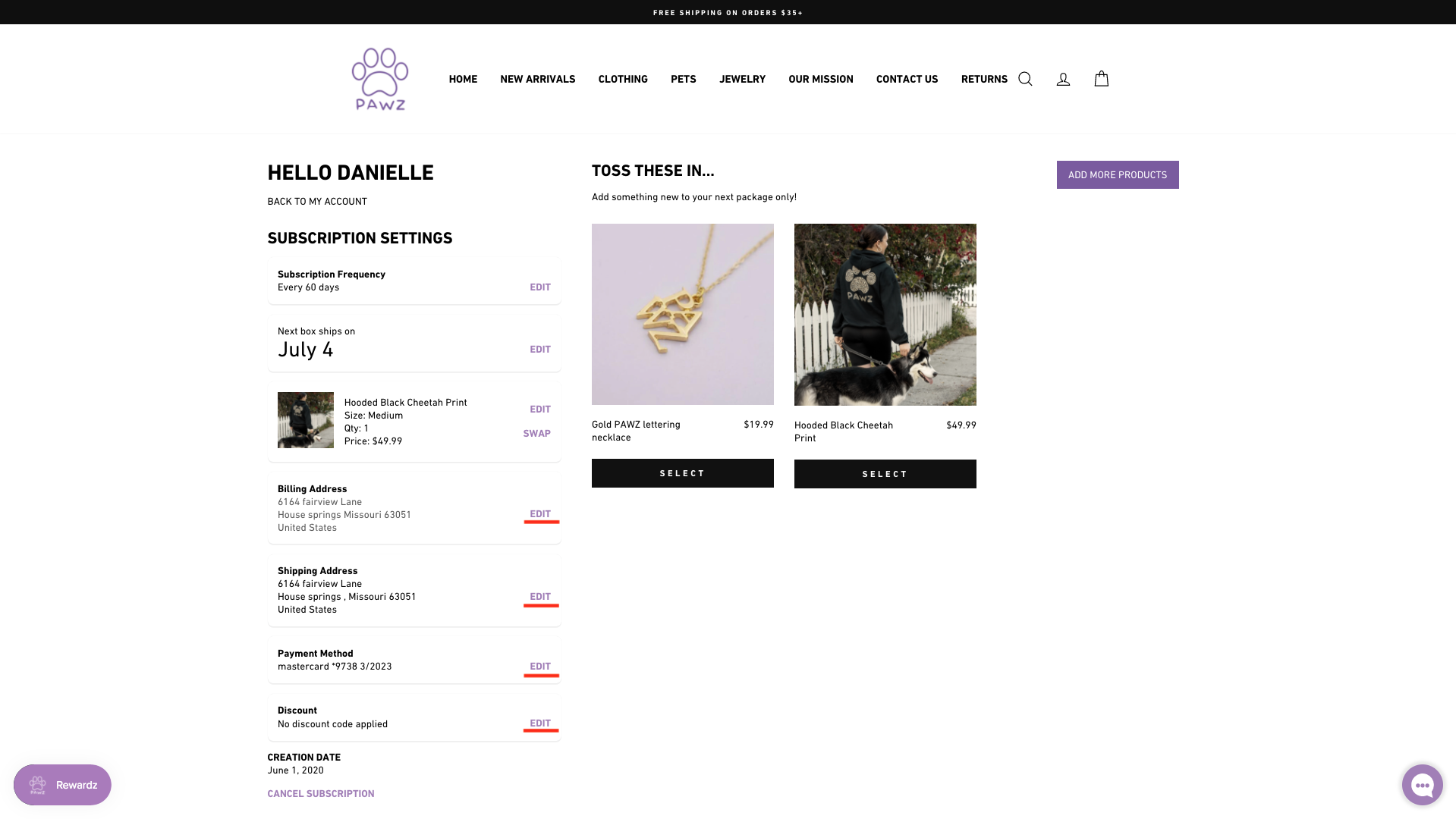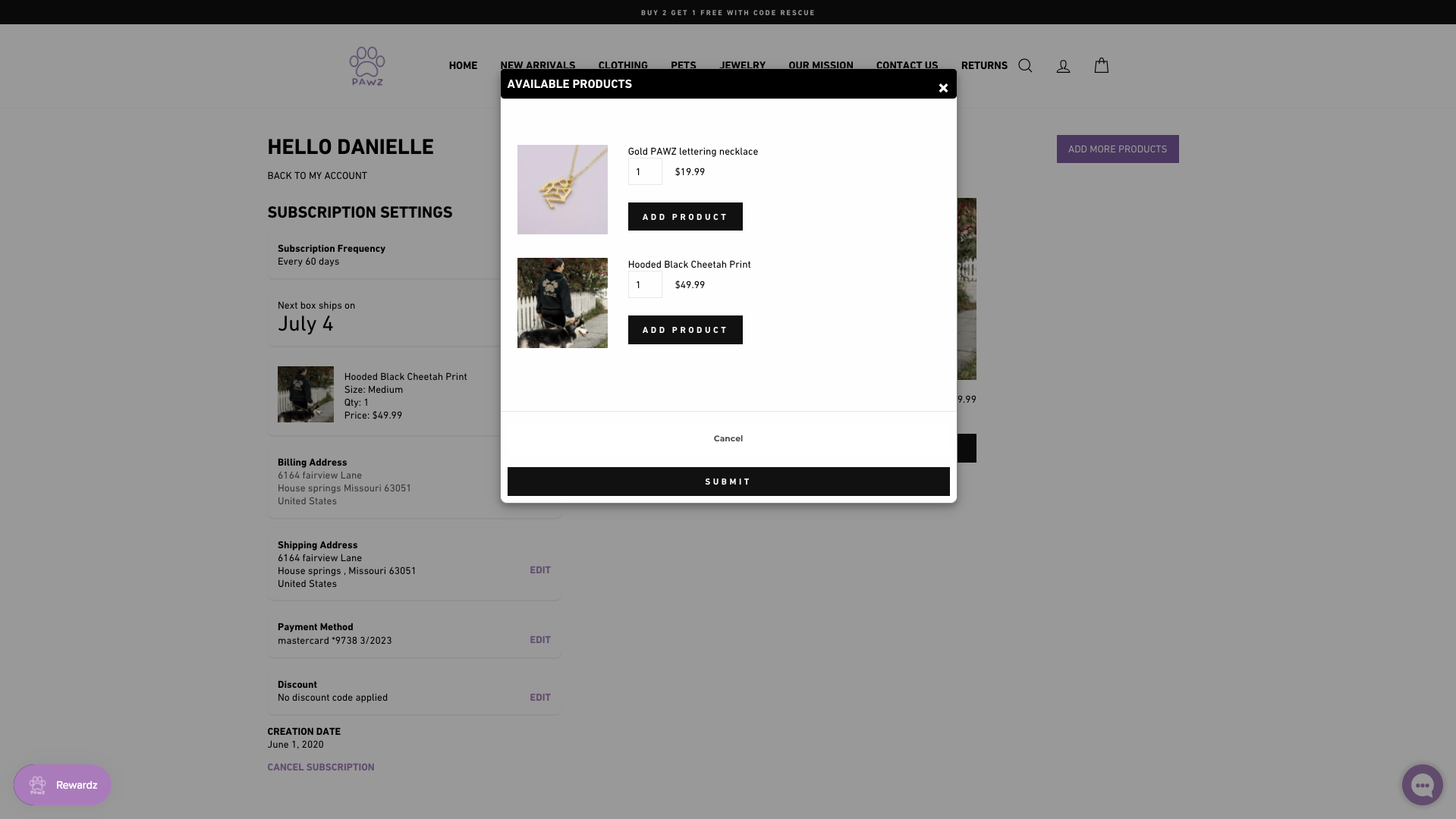2020 marks the beginning of a new decade and that means it’s time to rethink your eCommerce strategies. Take your eCommerce journey in a bold new direction. Dump the baggage of 2019 and create a faster, better eCommerce experience that not only engages your customers but boosts your bottom line.
Ready to make 2020 your best eCommerce year yet?
Get ahead of your competition by embracing these 6 eCommerce strategies for your Shopify or Shopify Plus store.
Strategy 1: Multimedia
High-quality photos will never go out of style, but your shoppers want more, they need interactive media. This gives more context to your product, not only minimizing returns but boosting customers’ perceived value. This helps them convert more quickly and increases the likelihood that they’ll buy again.
Video content is becoming more popular in the eCommerce space. But keep in mind that this can’t be a low-quality YouTube rant about your product. It needs to have top-notch production quality and helpful content. Consider doing a product unboxing, sharing an unbiased third-party product overview, or showcasing the product in the real world. Shopify Plus allows merchants to upload these videos directly to product pages.
Sometimes, not even video makes the cut and customers will still say the product isn’t what they thought it would be. This leads to pricey returns, which digs into your profits. Go beyond, with truly experiential product visuals like interactive 3D or Shopify AR. These let customers experience your products as much as (if not more than) they could in-store. The experience of in-store without all that fuss of actually having to go anywhere.
Strategy 2: Personalization
Did you know that personalized homepage promotions persuade 85% of shoppers to buy? That’s pretty powerful. When you personalize a product to a customer’s interests, they’re more likely to buy. It’s a perfect way to increase value per order, too.
We know personalization is important, but how can you implement it for Shopify Plus? It’s easy: put Shopify apps to work for your site.
Use the Personalized Recommendations app to show related products to your customers. This will help you up-sell and cross-sell with the power of AI. Simile is another intelligent Shopify app that uses customer browsing and purchase history to display personalized content.
Strategy 3: Voice search optimization
50% of all search queries will come from voice-only users this year. With more customers shopping through Alexa and Google Assistant, Shopify stores should pivot to serve these customers.
Voice queries are different than text queries. Take a new approach for your Shopify SEO, targeting more conversational, long-tail keywords. You can check out Shopify’s voice optimization guide for an in-depth tutorial.
This is still new territory for Shopify stores, but the new Voice Search app shows some promise as a plug-and-play solution.
Strategy 4: Create a brand experience strategy
A clean, mobile-friendly website is just the beginning. For 2020, customers care about the mood on your site. What vibe do they get from your store? It’s just as important in-store ambiance. You know as soon as you walk into the store (or even at the door) whether you are even going to spend the time browsing the products. Customers need to be sold on the brand before they will even bother with the product.
Great products and quality content are no longer enough to keep customers from bouncing at first click. To make it in eCommerce, you have to present your site in a visually-pleasing package. Now isn’t the time to rely on shoddy in-the-box templates. For a brand experience that delights customers, invest in good graphic design and storytelling.
Strategy 5: AI tools
AI was once unimaginable for most businesses, but it’s 2020 and we are here for all of the technological advances that now make AI tools attainable for the merchants that need them most. Use this tech to keep your Shopify operations lean, productive, and profitable. There are AI tools available for many different aspects of your Shopify store, like AI-powered marketing or analytics.
One of our favorite AI tools for Shopify is Octane AI, the FB messenger bot made for eCommerce merchants just like you. This tool is customer service on auto-pilot, with the ability to provide customers basic information about products, their orders, shipping, and more. Save time and boost customer satisfaction.
Strategy 6: Influencer marketing
Are influencers talking about your eCommerce store? If not, 2020 is your year to embrace influencer marketing. Don’t think influencers are in your budget? Think again. Smaller influencers (called micro-influencers) are more affordable and have engaged, niche audiences that are primed to buy. It’s all about finding the right influencer for your brand.
If you sell niche products on Shopify Plus, influencers are a slam-dunk for your bottom line. Consider hiring an Instagram influencer to promote your products organically. You can connect Shopify to Instagram so the influencer’s followers can shop your store directly from Instagram, too.
The Bottom Line
eCommerce brought in $3.5 trillion in 2019. Are you part of that sweet, sweet statistic? Stay relevant in 2020 by following these 6 eCommerce strategies, overhauling your Shopify Plus journey to earn more loyal customers.
Ready to embrace the future of eCommerce? Get in touch with us to brainstorm your eCommerce store’s strategies for 2020.






























